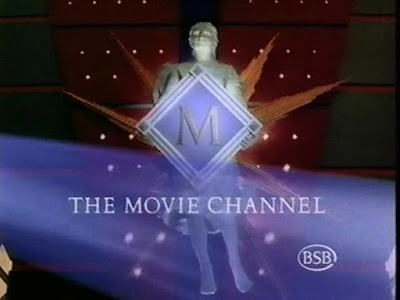I may be restating this for myself, but I use the phrase “dancing with the gatekeepers” because I dreamed that I recorded an album titled “Leigh Spence is Dancing with the Gatekeepers”, singing “all they have are words” over and over again. My first article in 2016 defined “dancing with the gatekeepers” as “taking delight in the challenges life gives you, and having fun with those that think they have all the answers.”
I love that I wrote “have fun with”, rather than “make fun of”. Understanding Donald Trump’s assault on language, and on the general concept of “understanding”, in previous articles here was a more fun use of my time than simply insulting the man, despite having also called him “a man that makes gold look cheap, while looking and sounding like a drag queen version of his younger self”. All I have are words, and all he has are words, but Trump’s words are becoming more incendiary, and with his current run for President being described as an “openly authoritarian campaign”, those words can no longer be ignored, as much as I wish I could.
That has been the lesson of 2023 for me. I have ignored talking about anything remotely related to politics because it is not fun. Government infighting, culture wars, literal wars, ideological struggles, squabbles over the words used to identify ourselves, describing everything as “woke” – a word I haven’t discussed because it sounds more like a dog bark than a dog whistle, an easier word to throw than “political correctness” – and whether artificial intelligence could make everything meaningless anyway. Nothing works, nothing lasts, and nothing matters.
But all we have are words. That is the first lesson of 2024.
If words are incendiary, words can defuse them.
If words are cheap, then there’s enough to go around.
If words are meaningless, give them meaning, and avoid boiling the nature of meaning down to “because I said so”.
For me, the meaning of “dancing with the gatekeepers” remains the same – I think I just needed the reminder to have fun.
























